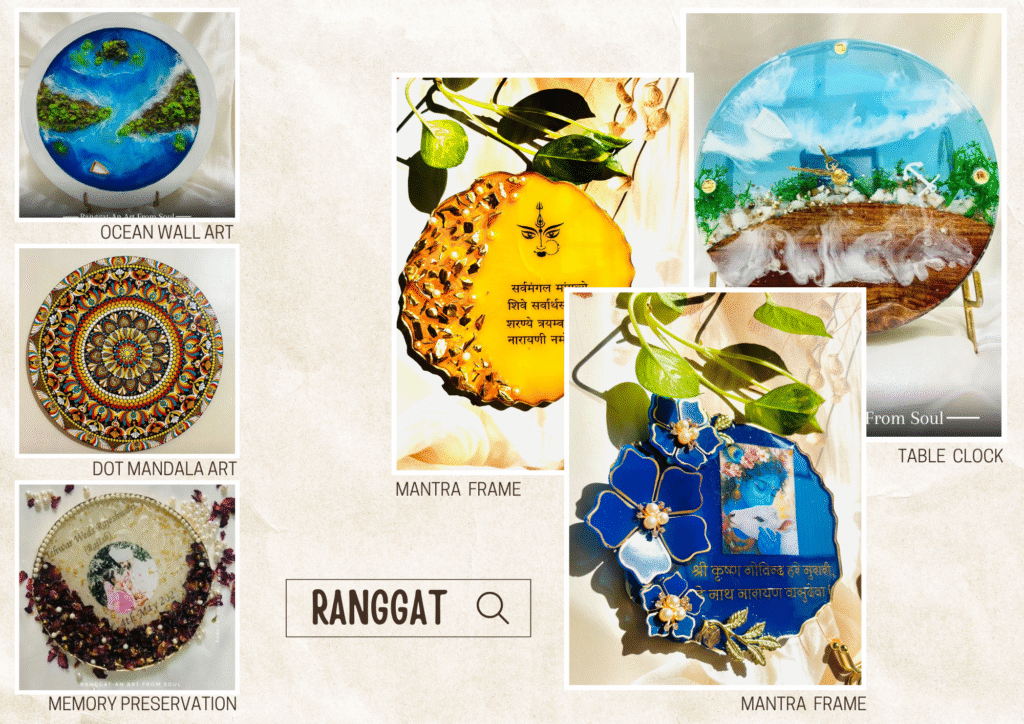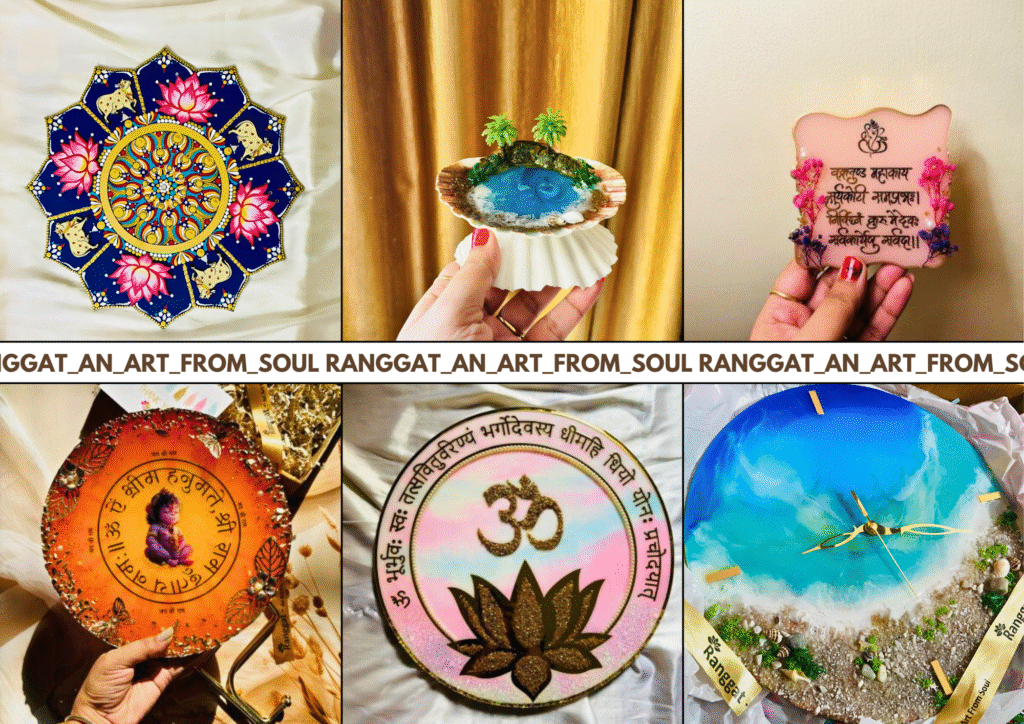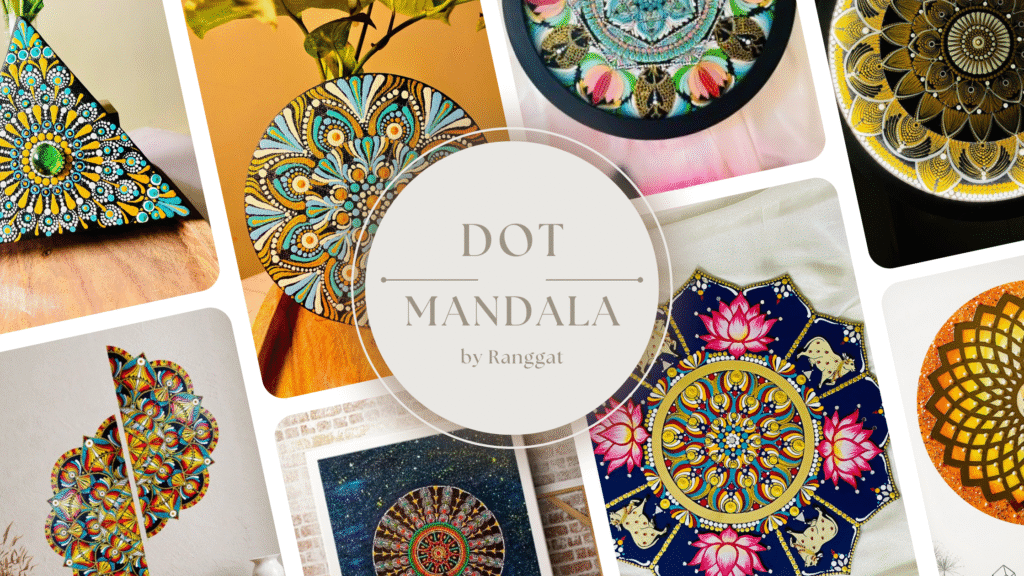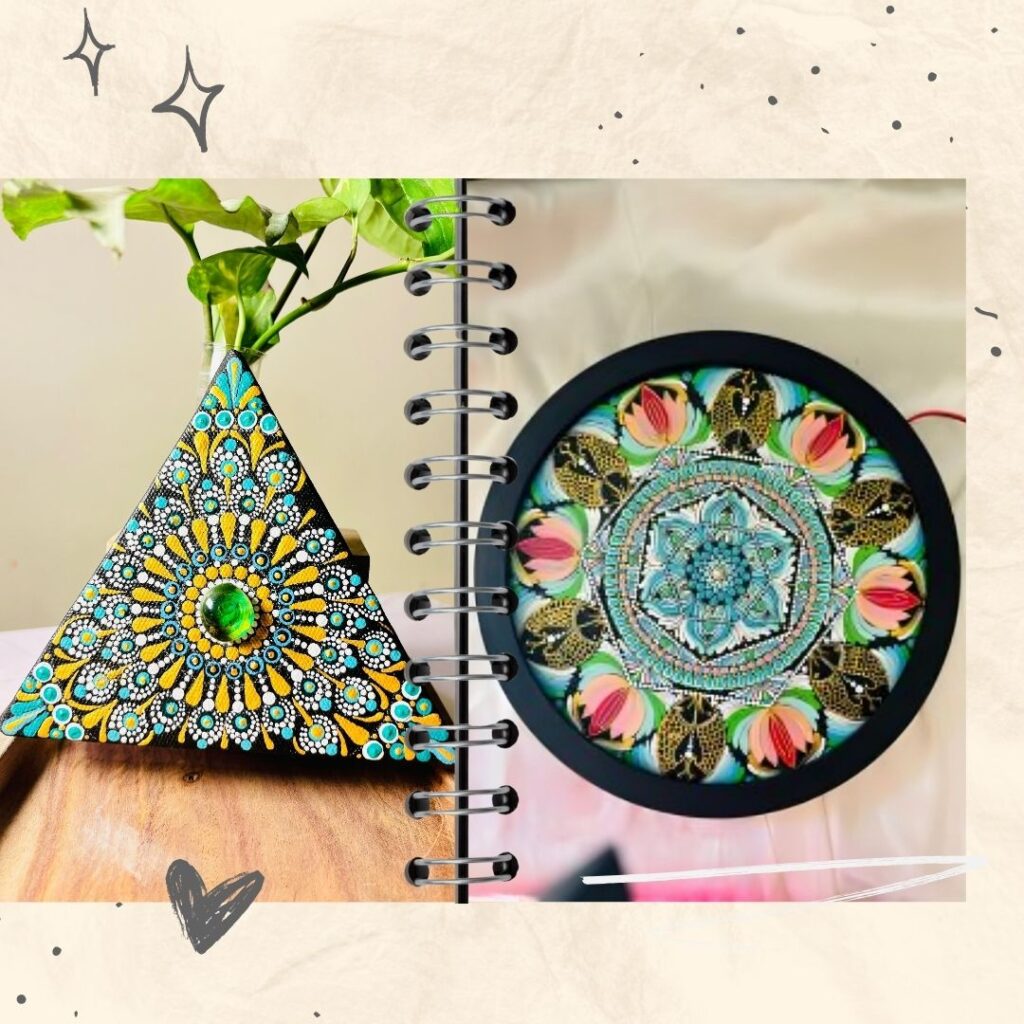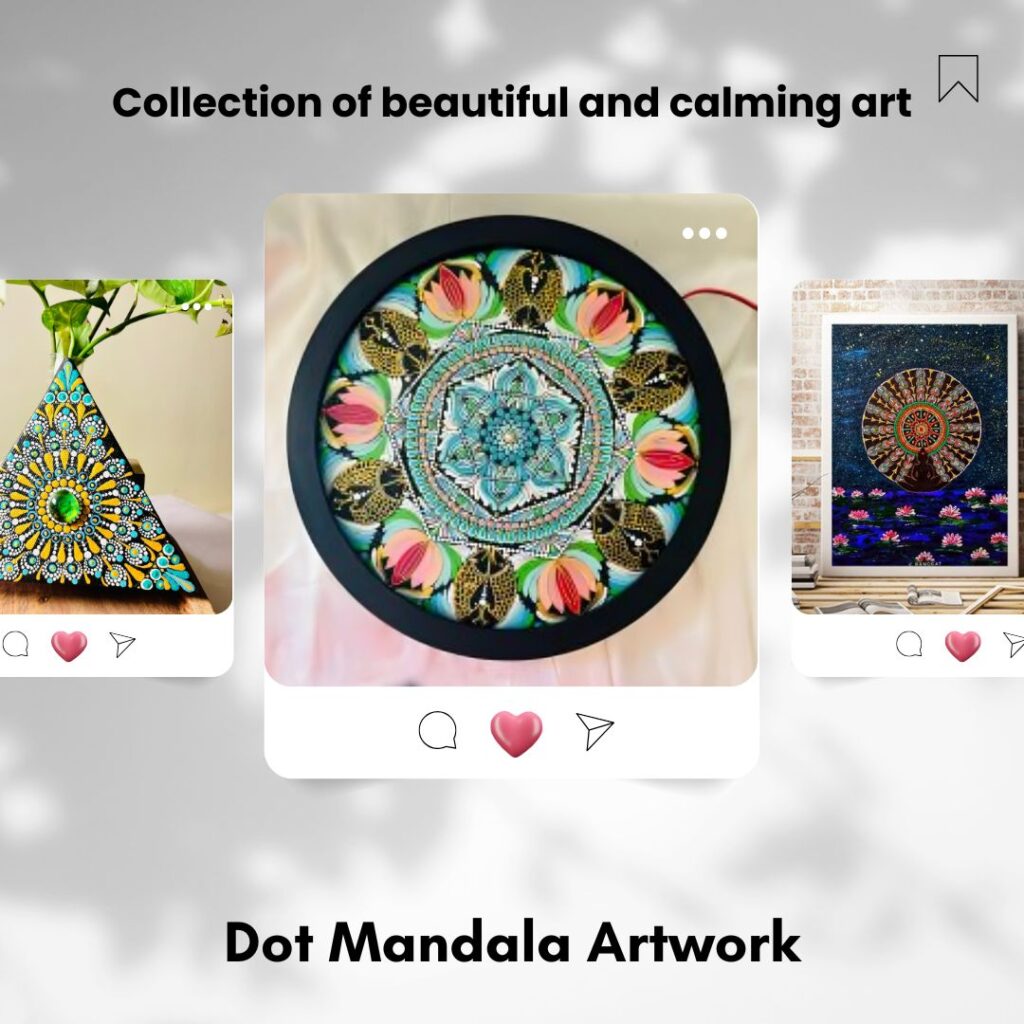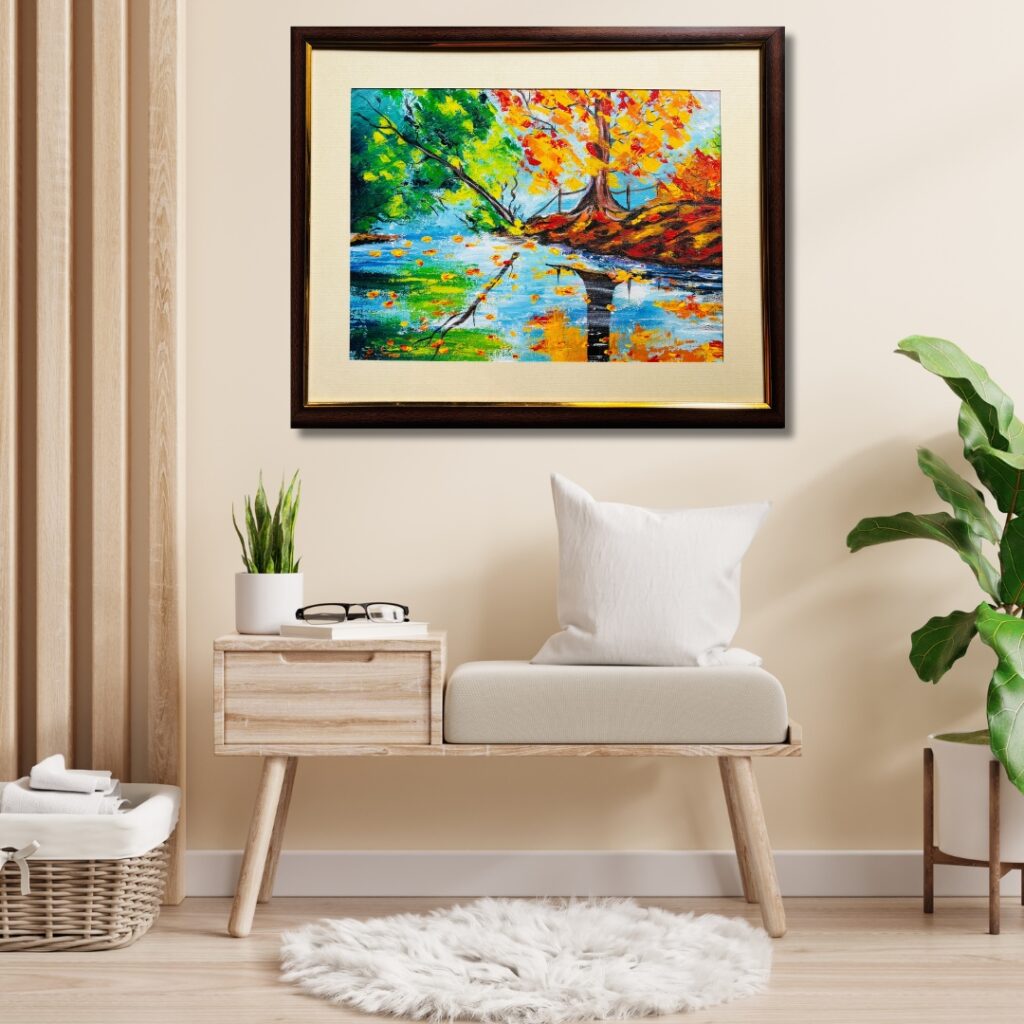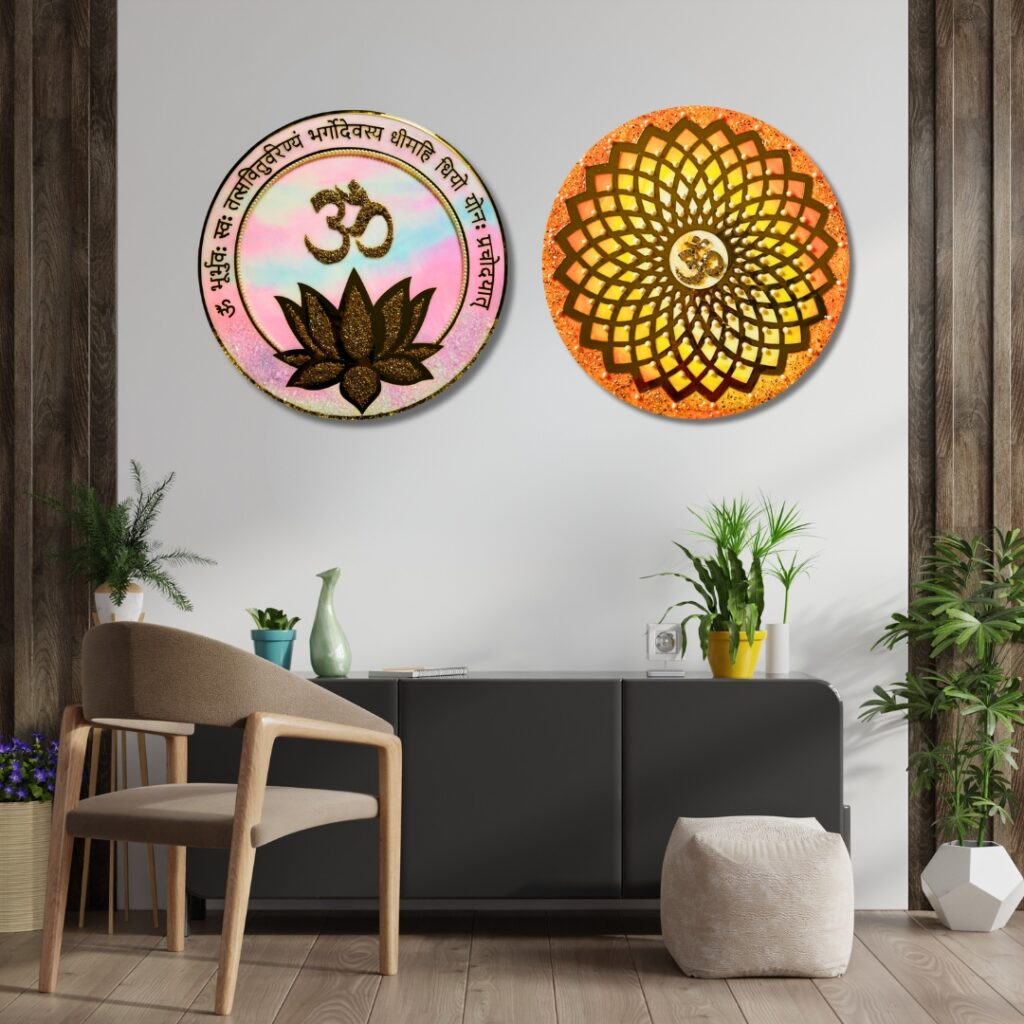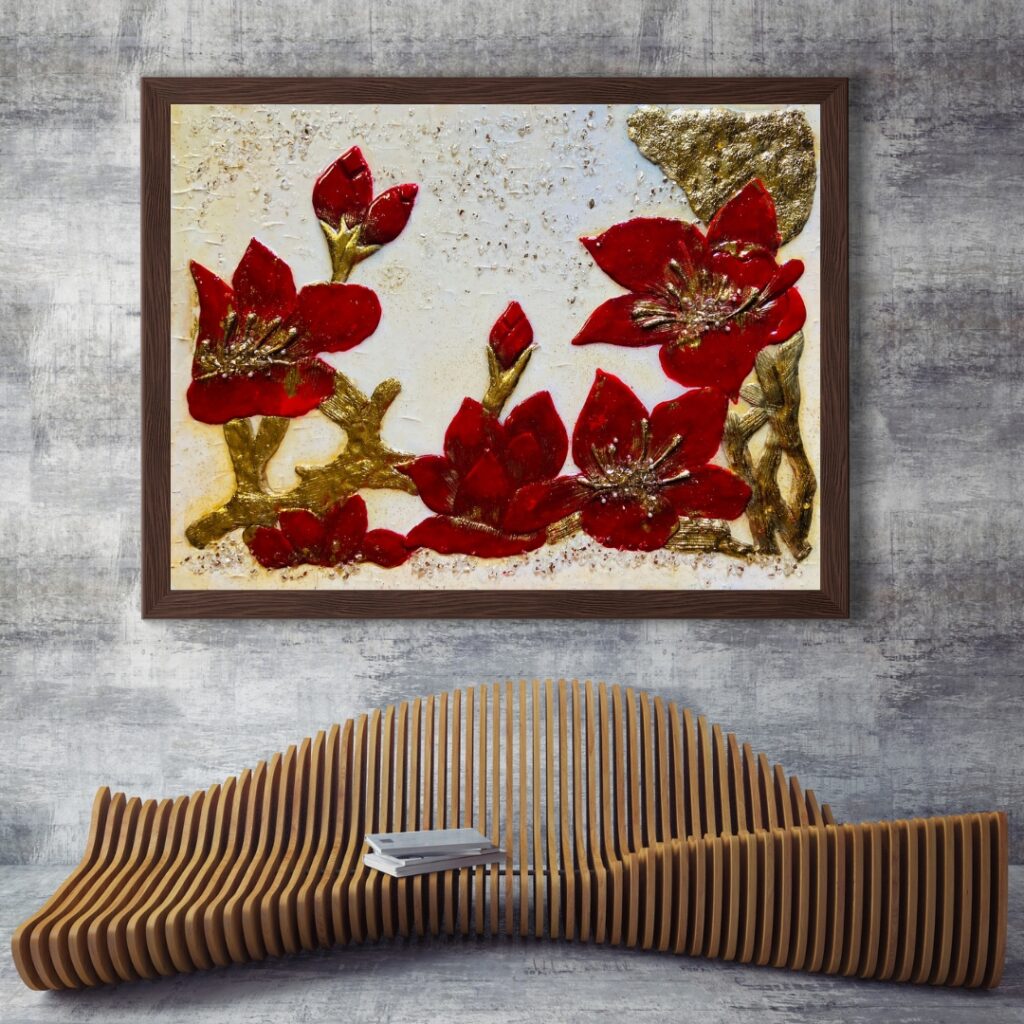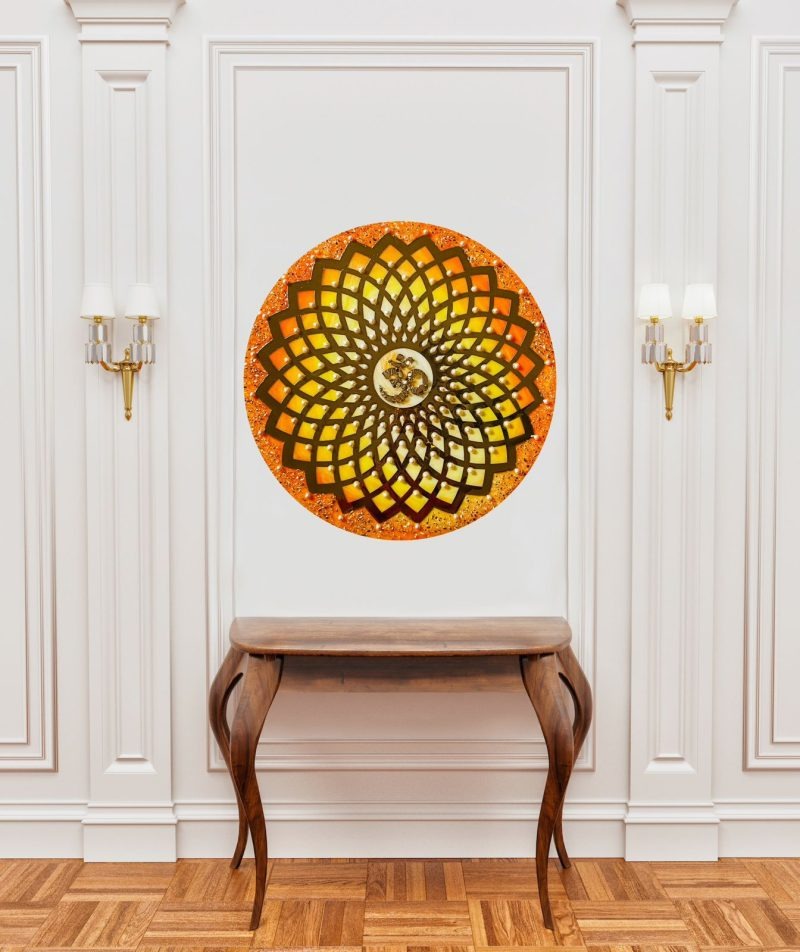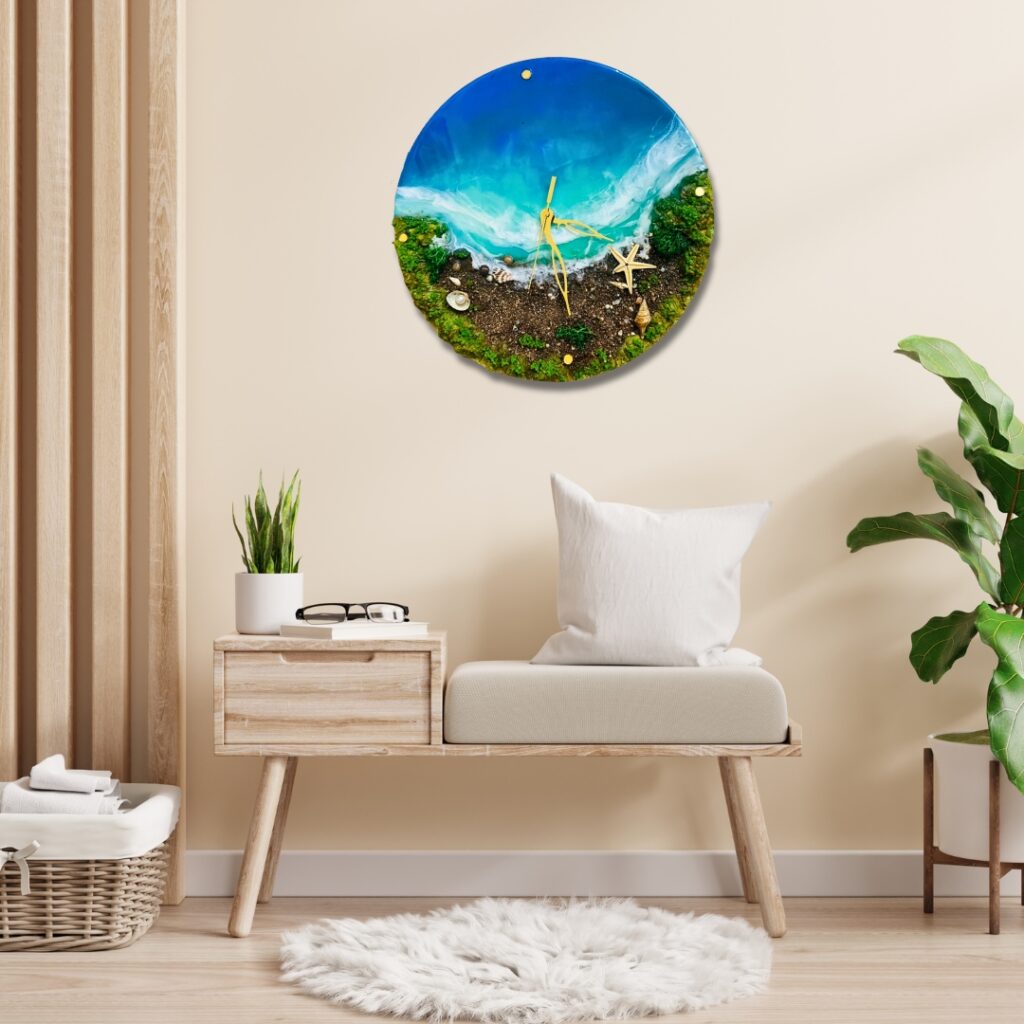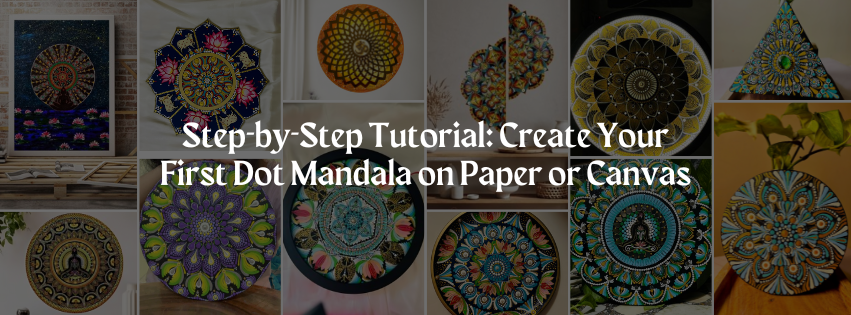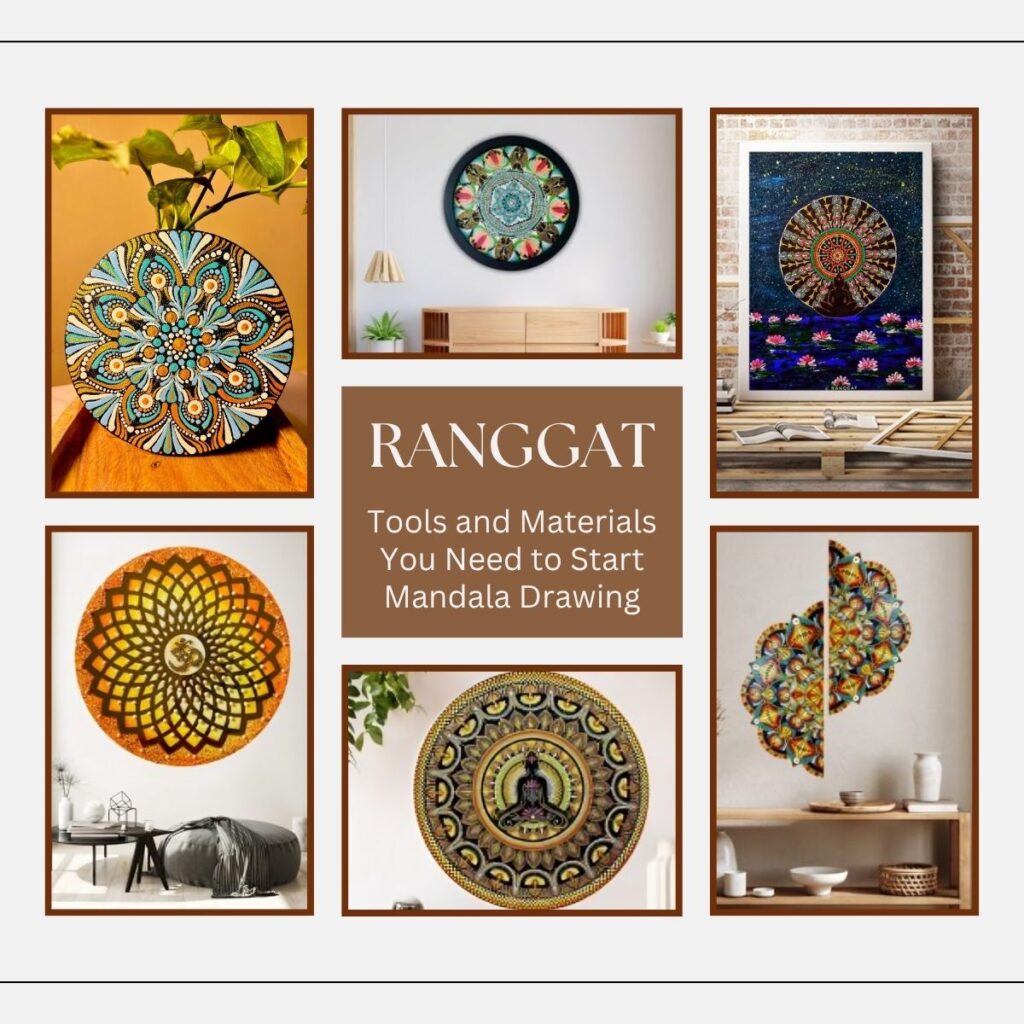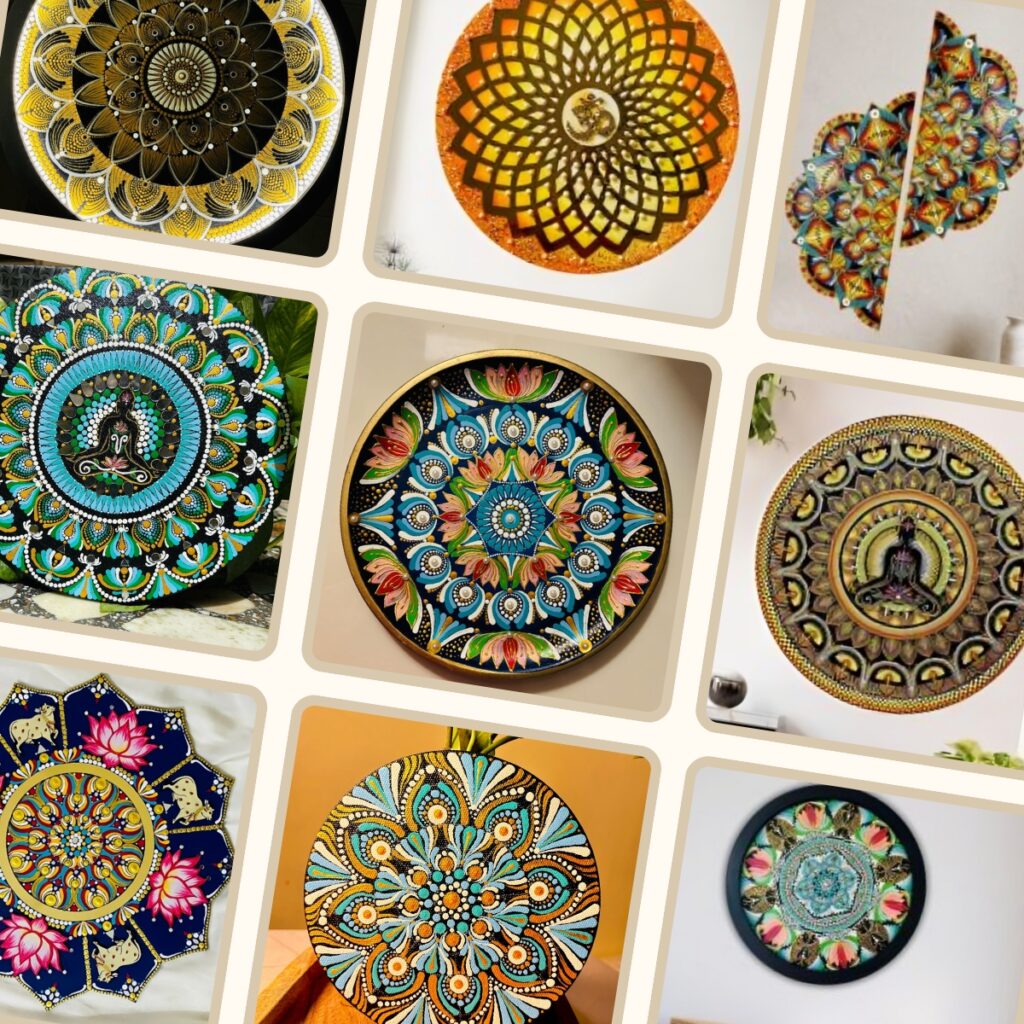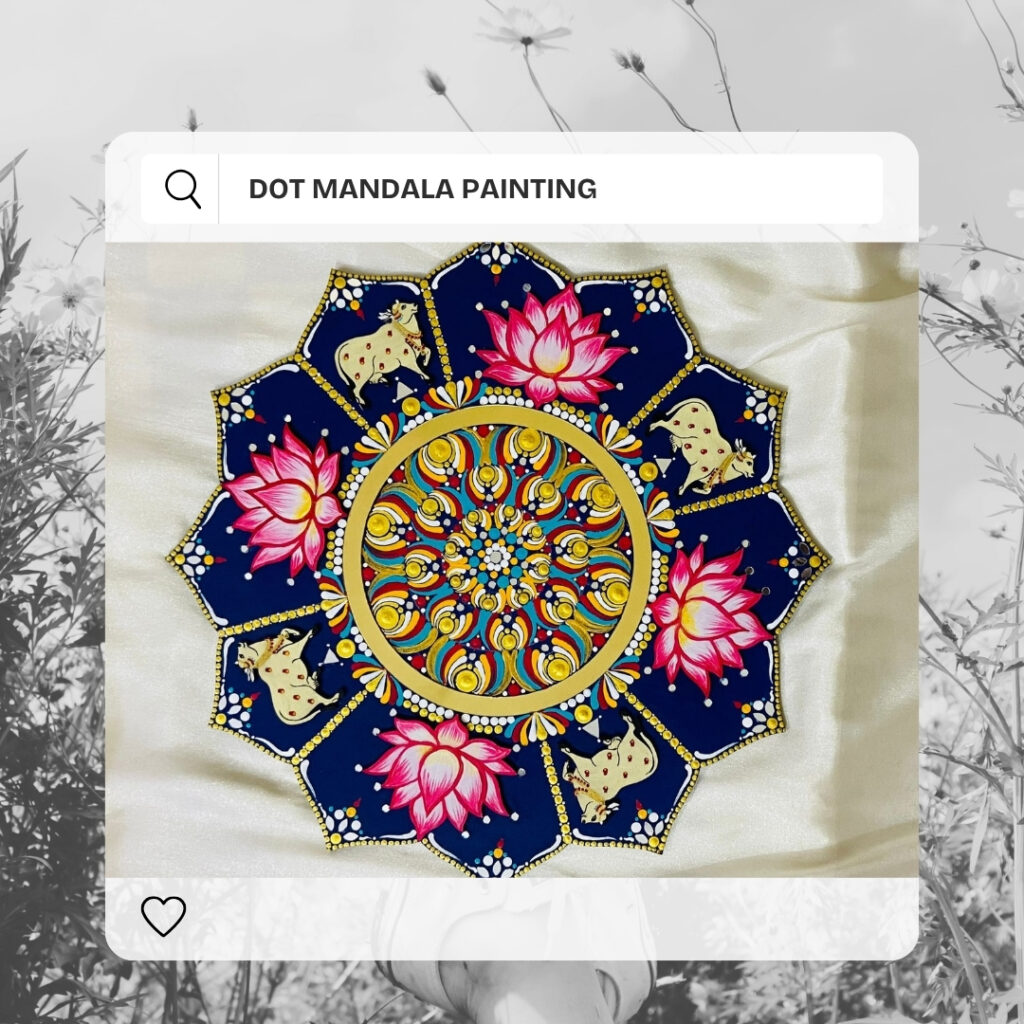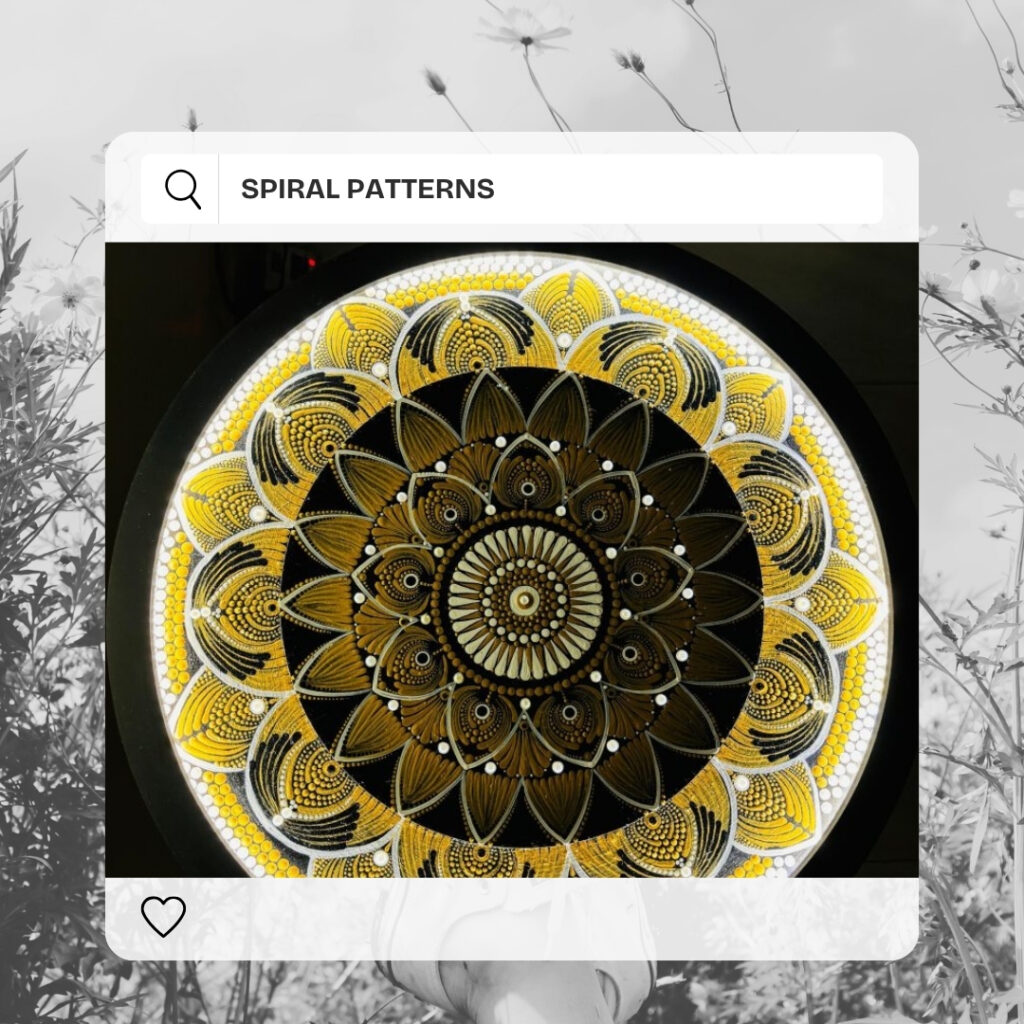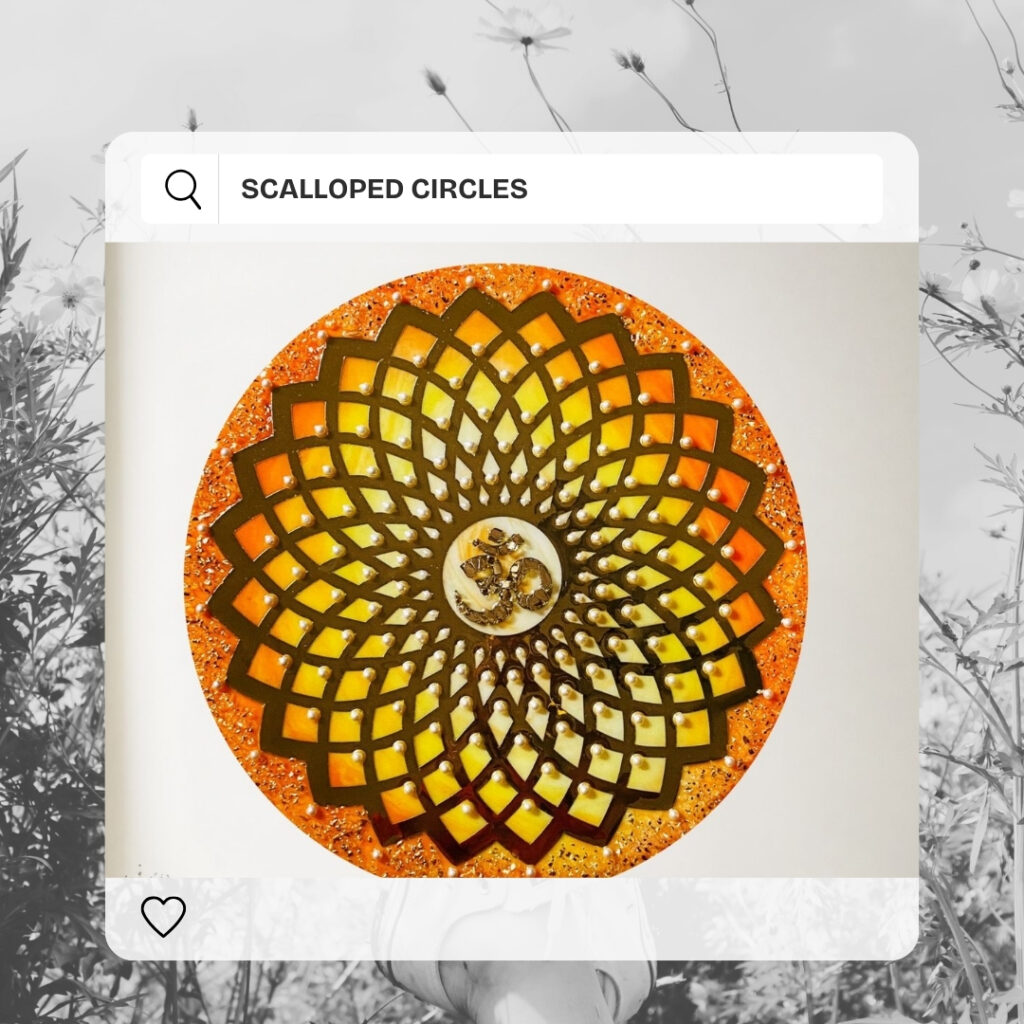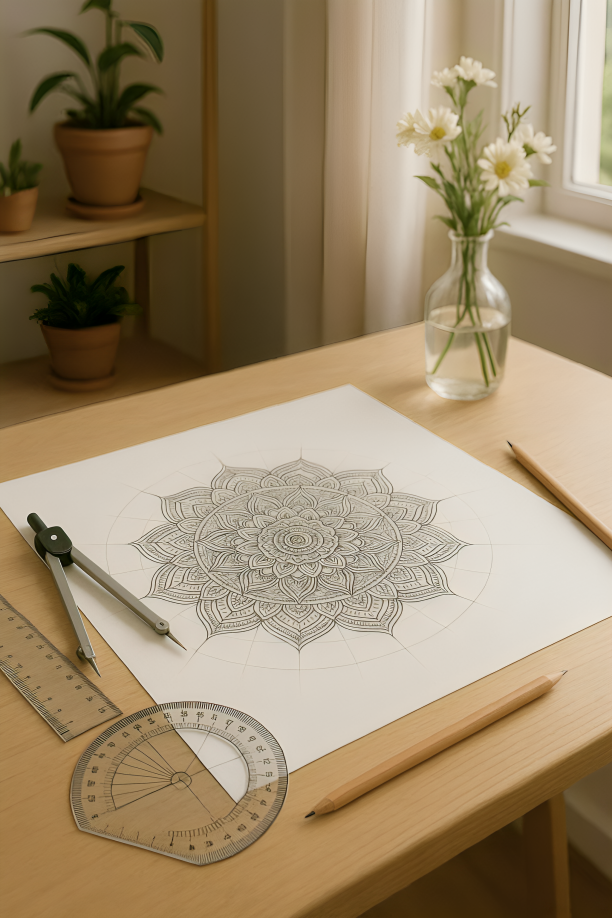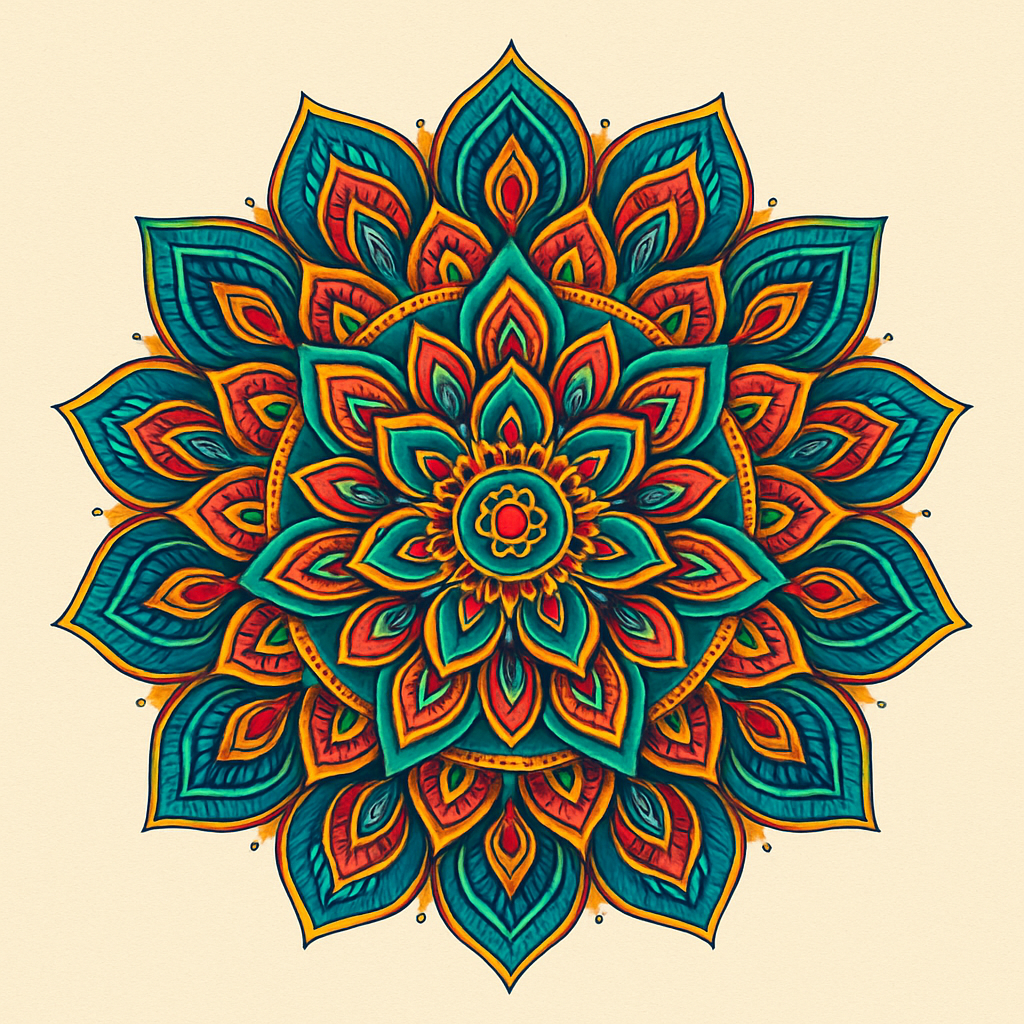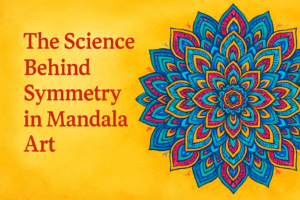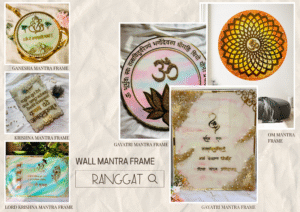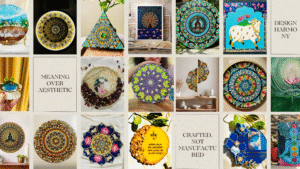As an artist deeply connected to handmade creativity, I see a significant change—one that returns us to intention, detail, and meaning. This shift is called Slow Living, and at its heart lies a rebirth of handmade art as the true essence of modern luxury.
The Soul Behind Handmade: A New Definition of Luxury
Today, luxury is more than just brand names and price tags. It’s about connection, craftsmanship, and story. When you hold a hand-painted Mandala or hang a customized Mantra frame in your home, you’re not just buying a product, you are preserving a piece of the artist’s soul, their time, and their passion.
Handmade wall art, such as Dot Mandala pieces, wall clocks with spiritual elements, or memory-preservation artworks, brings a human touch that machines simply cannot match, in contrast to manufactured factory decor.
Slow Living & Handmade Art: A Harmonious Pair
Slow Living invites us to stop and savor the beauty of everyday moments. Handmade art symbolizes that philosophy—every brushstroke, dot, and carved detail tells a story of mindfulness and care.
Whether it’s
- A Mantra Frame in your meditation area that radiates positivity
- A customized Mandala wall clock that highlights peaceful moments
- Or a hand-drawn memory piece capturing loved ones and milestones—
These artworks transform your house into a peaceful, inspirational place.
Why Handmade is the Future of Luxury: Artist’s Perspective
1. Uniqueness Over Uniformity
In my studio, no two dot mandalas are ever the same. That’s the charm—every piece carries its own rhythm, color energy, and intention. Mostly buyers now seek this uniqueness, not uniformity.
2. Sustainability & Conscious Gifting
Handmade products are often created with eco-friendly processes and natural materials. Choosing handmade is an act of sustainability—a conscious lifestyle choice that aligns with mindful living.
3. Emotional Connection
Handmade memory preservation art can capture moments—births, weddings, spiritual journeys—into visual memories. These pieces grow with you.
4. Cultural Revival
As artists, many of us use elements of ancient Indian traditions, such as spiritual wall decor, mantra symbolism, and Mandala painting, to create works that update and modernize tradition. Supporting handmade means preserving culture through art.
Each time you choose a hand-painted dot mandala, or gift a personalized mantra frame, you’re embracing a slower, richer, and more intentional living.
Let’s redefine luxury to include both what feels right and what looks nice.
Explore Ranggat’s latest collection at ranggat.com and bring home art that speaks to your soul.

